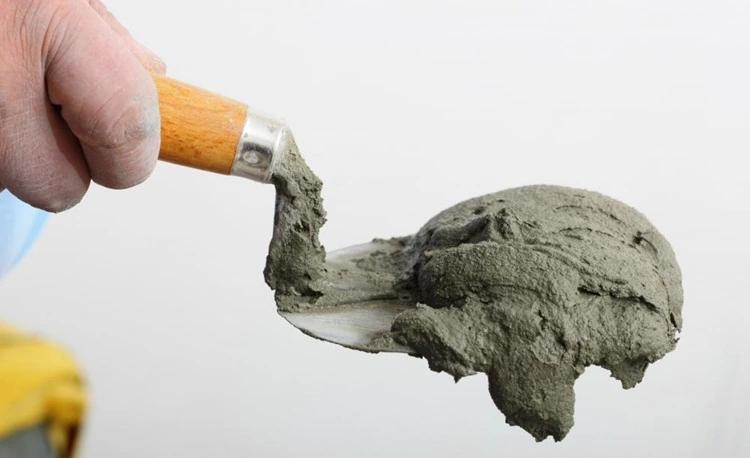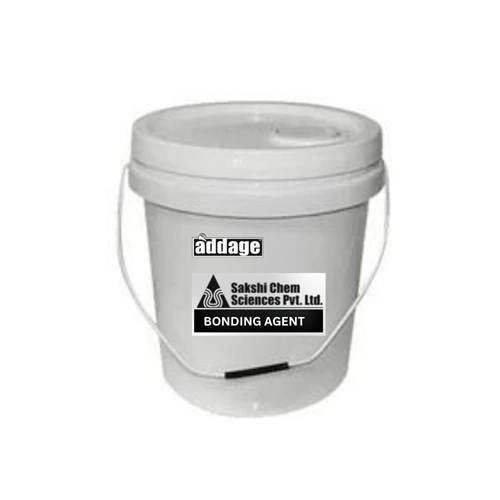Mortar plays an indispensable role in construction. By binding bricks, stones, or other materials together, it is able to impart strength and durability to the structure. But have you even given thought to why some walls develop cracks over time while some remain intact for decades and even centuries?
The answer, though still an enigma, lies in the bond strength of the mortar. The higher the bond strength, the greater the durability, the less the maintenance, and the longer the lifespan of the structure.
Table of Contents
How to Increase the Bond Strength of Mortar?
So, what can you do to improve the bonding strength of your mortar? Let us explore the key pointers increases the Bond Strength of Mortar.
1. Choose the Right Type of Mortar
Not all mortars are alike. Differential mortars must be used for different applications. The most common types of mortars can be enumerated as follows:
Type M: High strength, used for heavy loads, like foundations.
Type S: Strong and flexible, typically used on exterior walls and in below-grade structures.
Type N: Medium strength, usually used for common wall constructions.
Type O: Low strength, mostly used for non-load-bearing walls and repairs.
Choosing the correct mortar type ensures good adhesion to the underlying material. If you use the wrong type of mortar, it may not bond properly, or it may deteriorate over time.
For example, you cannot use type O or ordinary mortar to set a foundation since it fails to support heavy loads. In contrast, using Type M for simple walls could be overkill and prove very difficult to work with.
2. Use Quality Materials
Mortar consists of good-quality ingredients like cement, sand, and water. Inferior materials can weaken the bond of mortar. Here are some characteristics to look for while gathering raw materials for mortar:
Cement: Good-quality and fresh cement is advised. Old cement will lose its binding capacity due to the presence of moisture.
Sand: Clean, well-graded sand without impurities like clay or organic matter.
Water: Another important point to remember is to use only clean water. Contaminated or hard water can change the chemical properties of cement, affecting its bonding with the aggregates.
You can also add lime to the mortar mix to improve the workability, reduce shrinkage, improve adhesion, and make it resistant to cracking due to the slight movement of the structure without breaking the bond.

3. Water-to-Cement Ratio
Excess or inadequate water is one of the primary mistakes in mortar preparation. A dry mix will not bond well; wet mix will weaken the structure. Correctly balanced mix ensures that it handles well with surface adhesion.
The general guideline is to arrive at a creamy and yet not runny consistency, which stays stuck to the trowel without dripping. It can be verified by scooping some mortar into a trowel and slightly tilting it. If it holds its shape and does not slide off, the consistency is good.
Temperature and humidity can alter this water-cement ratio. In hot weather, evaporation of water happens quickly; hence, overcome dryness by gradually adding water to the mixture. Do not add excessive water in cold weather, otherwise, mortar takes a longer time to set.
4. Good Mixing Technique
The best materials do not work well if improperly mixed. Here is how one needs to mix mortar to ensure maximum bonding strength:
Careful measurement: Understand the proportions.
Dry mix first: Cement and sand have to be mixed first with no water added.
Add water slowly: Check and ensure that you mix well to prevent lumping.
Rest: The mortar should rest for a few minutes after mixing before use. This will increase workability.
Mix again before use: Work the mortar with a hoe or paddle before applying to ensure that the mix is uniform and to prevent separation of the materials.
Most of the work becomes easier with mechanical mixing, many times for larger projects. On the other hand, hand mixing works well for smaller sets. Always mix it properly so that the variation may be avoided.
5. Clean the Surface Properly
The surfaces where mortar is applied must be reasonably clean and rough enough to allow the mortar to stick. Here are ways of cleaning the different surfaces:
Bricks and blocks: Dust and dirt must be cleaned before applying mortar.
Old masonry: Clean first, then dampen with water lightly before new mortar is applied.
Concrete surfaces: Roughen the surface for a better grip.
Old bricks or with structures that have been exposed may require the use of a wire brush to get rid of the debris. Bonding agent is also a method of retaining adhesion.
6. Keep the Surface Moist
A dry surface quickly pulls water from the mortar, weakening the bond that is formed. This may be prevented by:
Before applying mortar, wet the surface.
Proper curing: mortar must not dry for at least 48 hours after application to allow it to set.
Hot surfaces dry faster, requiring misting or other measures to keep them wet. Keeping the surface moist prevents rapid drying, inhibiting the development of cracks in the mortar.
7. Use Bonding Agents
Every once in a while, you may need an extra boost. Bonding agents strongly increase adhesion. These are particularly important in repair work, where bonding the mortar to smooth or old surfaces is needed.
Bonding agents act to enhance mortar flexibility and the degree of bonding; they thus enable binding to difficult surfaces such as old concrete or painted walls.


8. Good Application Methods
How mortar is applied also determines the strength of the resulting bond. The following are some recommendations on what to do:
Apply mortar uniformly: uneven layers are weak spots.
Use designated thickness: a joint thick of around 10mm (0.375 inches) is usually ideal.
Force bricks firmly: direct contact with bricks removes air pockets and it ensures that everything is fine.
The buttering technique, applying mortar directly to the back of the brick or block before placing it, is also said to increases the Bond Strength of Mortar of masonry, and it becomes a major plus point, especially in such areas exposed to heavy loads.
9. Protect Mortar from Extreme Conditions
The weather condition has a huge bearing on mortar strength. Too much heat, cold, or rain will cause a weakened bond. To ensure that mortar will have the utmost strength:
Avoid working in extreme heat: direct sunlight will dry the mortar very fast.
Cover fresh mortar: Use plastic sheets or wet burlap to shield it from rain or excessive drying.
Do not work in freezing temperatures: This is because mortar can crack if it freezes before setting.
When temperatures drop suddenly, the use of insulated blankets or temporary enclosures may be in order to maintain the correct curing conditions.
10. Allow Proper Curing Time
Curing is essential to achieving full strength. Here is how to do it right.
Keep mortar moist for at least 48 hours.
Apply a spray mist wherever necessary or use wet cloths.
Do not place heavy loads or stress on structures that are curing.
The process of curing allows the mortar to develop its full bonding potential. If mortar dries too fast, it could end up brittle and crack over time.
Final thoughts
Increasing the bond strength of mortar is all about the right selection of materials, mixing them up properly, and then applying them and curing them right. Just with these very few and simple steps, ensure that your construction lasts for years without getting cracked or needing repairs.
A sound bond of mortar brings further durability to the construction and is thus conducive to saving on maintenance costs. Proper attention to the quality of your mortar can make a significant difference in the outcome of either a minor home improvement job or a major construction project.
The next time you lay some bricks or handle a masonry project, keep the aforementioned points in mind. A little extra care will go a long way in making the mortar become very strong and reliable!

